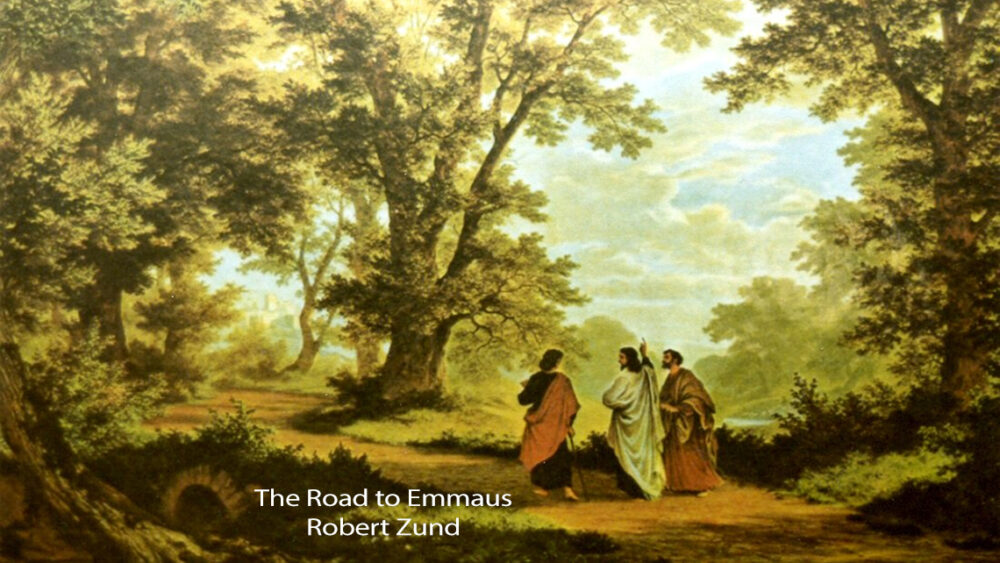Dr. Ben Witherington is one of my favorite evangelical scholars for a host of reasons. I was therefore delighted to see that he has started a series on the Gospels on his blog. I will try to keep you posted with updates but I would encourage you to visit his blog regularly and be edified by this man’s exquisite writings. You won’t be disappointed.
From here:
A NOTE TO THE READER
Before there ever were four written Gospels, there was the single oral telling of the Good News. The world of Jesus was an oral culture. Paul for example uses the phrase Word of God (singular) in 1 Thess. 2.13 to refer to this oral proclamation of this singular story of Jesus that changed their lives— one story, not two, four or ten. So what did the story of Jesus look like before there ever were Gospels written in the last third of the first century A.D.? This little book attempts to give you a sense of that. But you may be asking— why do we need such a ‘harmony of the Gospels’? There are several good reasons that come immediately to mind.
Firstly, it is high time we did a better job of looking at things from a first century Christian perspective, not a fourth century one when the canon of the New Testament was settled. Evangelical and other orthodox Christians say they want to be more like the earliest Christians— well its time to live into that in the 21rst century especially when it comes to Jesus. The original story that went out from Jerusalem did not come pre-packaged as four artful and different Gospels like we have in the canon. That was a development of the later first century A.D. And when the Gospels were finally written, at least two of them were not written by eyewitnesses! I do not say this to critique our Gospels. I love the fact that we have four versions of Jesus’ story. Jesus is a man who fits no one portrait— he is too big and complex a historical figure. I simply say it to point out that there was a singular history and a single story telling before there were written Gospels–what did it look like? Hopefully this little book gives us a glimpse.
Thirdly, we live in the age of atomization and sound bytes— and it happens to the Good News almost every Sunday– we can’t see the forest for focusing on the individual very interesting trees. And when you look in detail at particular Gospel passages what you discover is a very telegraphic bare bones treatment of Jesus’ words and deeds. Doubtless this was originally in part because of the need to confine the whole story to one papyrus roll, but even in the case of Luke’s Gospel which is the longest and could just barely be squeezed onto one papyrus roll, we are still left wanting more— more description, more context, more background. What would a more circumstantial chronicling of Jesus’ life with more historical detail and comment have looked like? This little book seeks to begin to answer that question a bit. I don’t think there should be any tension over this— we need to see the grand sweep of the unified story, and we need the four portraits approach as well. Just now, it is the former that is neglected again and again in a church which preaches single words, or salient ideas or tiny passages, and uses lectionaries etc. There is a need for an overview like this to put the various Gospel pieces together, not to supplant the four portraits of the Gospels but to supplement them and build upon them. What is especially needed is some showing of how the Synoptic Gospel portraits and that of John’s Gospel fit together.
Imagine for a moment if Jesus were to come back and tell his own story— wouldn’t we want to hear that just as much as we love to hear the later tellings by the Evangelists? Who wouldn’t pay good money to have been in on that Emmaus road Bible study led by Jesus where he went through the OT and showed where it referred to him? My point is simple— a good critical probing and blending of the story is as close as we can get to ‘what actually happened back there’ as a single storyline. Why wouldn’t we want to try to do that as a faith venture, not to supplant the four Gospels, but to supplement, to enhance our understanding of the history behind the four stories?
Armed with these reasons and rationales, what I have attempted to do here might be called Ben’s Diatesseron, four Gospels in one, like the effort of Tatian the early Church Father. I have stuck as closely as I could to a verbatim of the four Gospels, not trying to present a ‘critical’ edition of the story, with things omitted because of historical doubts. No, this was an exercise in seeing if one could make sense of the stories as they are, if one combined them all together.
Easter 2010
